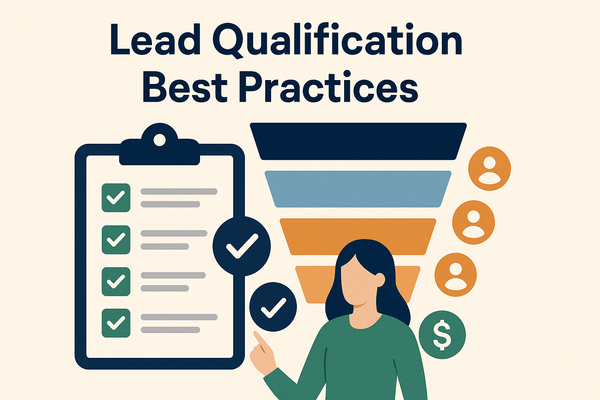
Blog
Tips & Strategies:
Tips & Strategies:
Elevating Your Online Leads
Find and learn valuable insights about lead generation, online marketing, customer success, and much more on our blog!
Find and learn valuable insights about lead generation, online marketing, customer success, and much more on our blog!
Simple and powerful step-by-step website forms, transforming any website into a dynamic lead generation engine.
Start for free